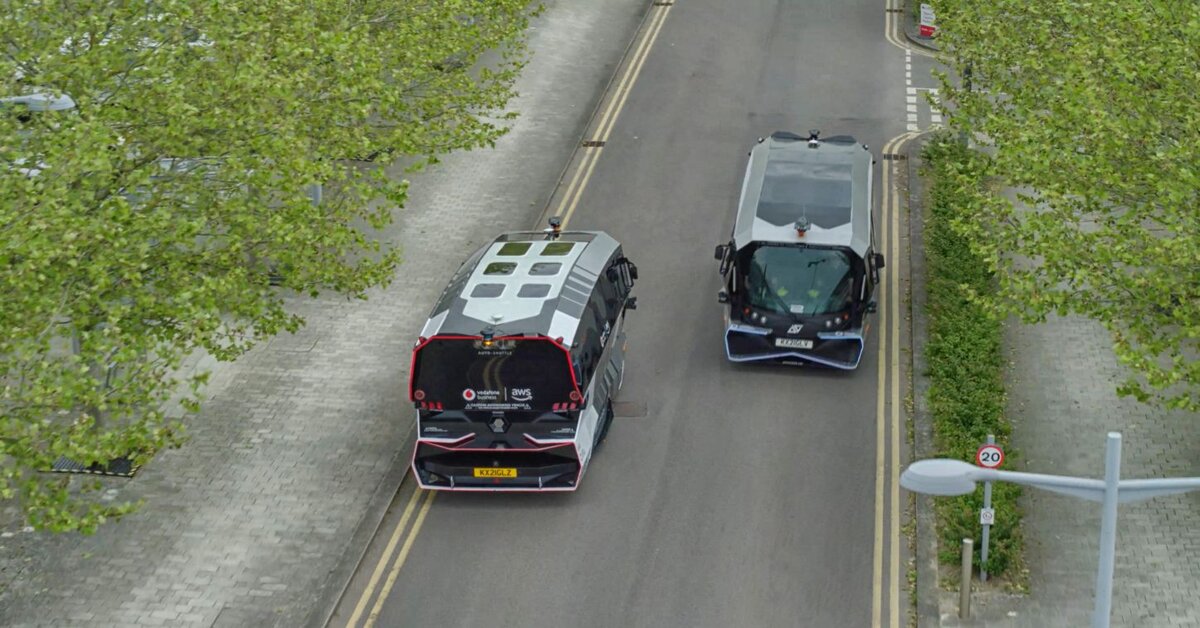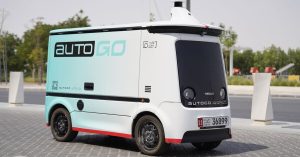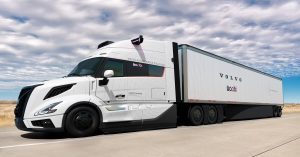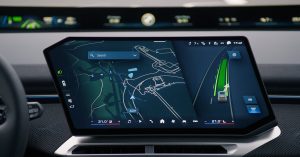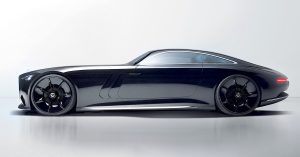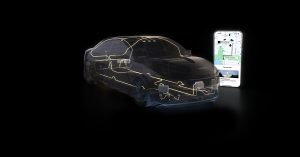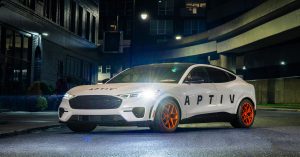Aurrigo, a leading autonomous vehicle technology company, has announced its active participation in the Living Lab for Autonomous Public Transport (LivingLAPT) project, a groundbreaking initiative that has received funding from the European Union. This ambitious project is set to span three European cities: Prague, Brno, and Milton Keynes. The primary objective is to facilitate the deployment of Aurrigo’s Auto-Shuttle vehicles, initially with safety drivers on board, while progressively working towards the ultimate goal of remote supervisor monitoring. This marks a significant advancement in the realm of autonomous public transportation.
LivingLAPT is a collaborative effort involving industry stakeholders, public transportation operators, cities, and the esteemed University College London. The project aims to establish sustainable driverless shuttle and logistics services across various European cities, with a specific focus on gradually eliminating the need for safety drivers in these shuttles. Instead, the project aims to transition towards remote operators who can oversee multiple services simultaneously. This transition will be underpinned by a robust transnational safety framework, with a strong emphasis on promoting user acceptance and trust in autonomous transportation. Close collaboration with citizens, cities, operators, academia, industry partners, and policymakers will be integral to achieving these objectives.
As per insights from Bani Anvari, an esteemed expert in intelligent mobility from the distinguished University College London, LivingLAPT is poised to assume a pivotal role in ushering in these innovations. The core objectives revolve around the establishment of a resilient cross-border safety framework and the cultivation of user confidence and acceptance. This endeavor is set to be achieved through active partnerships and cooperation among citizens, urban centers, transportation service providers, educational institutions, industry leaders, and policymakers.
By involving multiple cities in different European countries, LivingLAPT participants are positioned to gain invaluable experience dealing with various street layouts, road conditions, and public attitudes towards autonomous vehicles. This phase of the project will also explore integration with trip planning applications that are commonly used in the participating cities.
David Keene, the Chief Executive Officer (CEO) of Aurrigo, conveyed his excitement regarding the project and underscored the distinctive challenges and prospects it presents. Keene articulated, “While our operations span the globe, this marks Aurrigo’s maiden deployment of the Auto-Shuttle in mainland Europe. We are thrilled to collaborate with an esteemed consortium of partners as we embark on this significant milestone in the realm of autonomous public transportation. The contrast between the medieval, cobblestone streets of Prague, conceived in an era predating the very notion of cars and buses, and the modern roadways of Milton Keynes, underscores the paramount importance of conducting tests in diverse urban settings.
Indeed, regardless of the city, metropolitan areas across Europe are grappling with common challenges such as reducing emissions, enhancing safety for all road users, and upgrading infrastructure. Professor Anvari emphasized the transformative potential of driverless shuttles in addressing these challenges: “Driverless shuttles or pods can be a game changer for cities as they address many of these challenges.”
However, one of the key obstacles to the widespread adoption of autonomous transportation solutions across Europe has been the lack of a standardized regulatory and safety framework. Additionally, there has been an issue of public acceptance, coupled with substantial investments required for implementing this cutting-edge technology. These challenges have deterred many cities from embracing autonomous transportation solutions.
David Keene sees the Aurrigo Auto-Shuttle as the ideal vehicle to participate in the LivingLAPT project due to its sophisticated technology suite. The Auto-Shuttle combines lidar and camera sensors with Aurrigo’s in-house developed software, providing the shuttle with a continuous, 3D, all-weather understanding of its surroundings. This technology integration enhances safety and efficiency, making it well-suited for the demands of the project.
Keene emphasized the significance of this integration: “The Aurrigo Auto-Shuttle is a perfect vehicle for this project because we create the vehicle, software, and autonomous driving hardware in-house, to work in perfect harmony, and this level of integration is vital when breaking new ground in driverless technology.”

